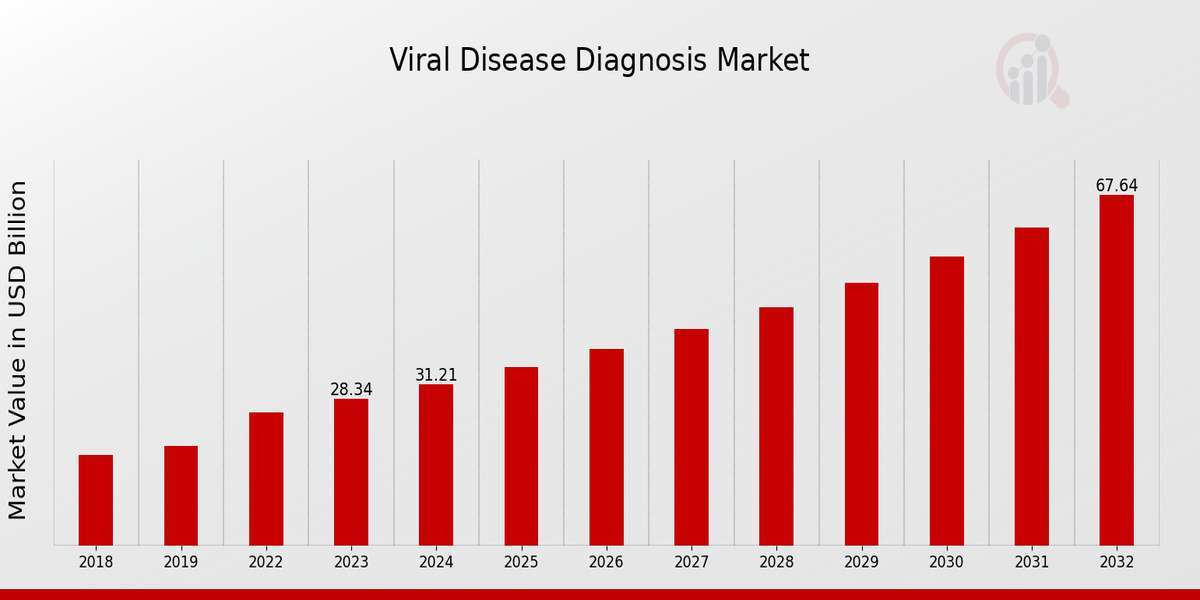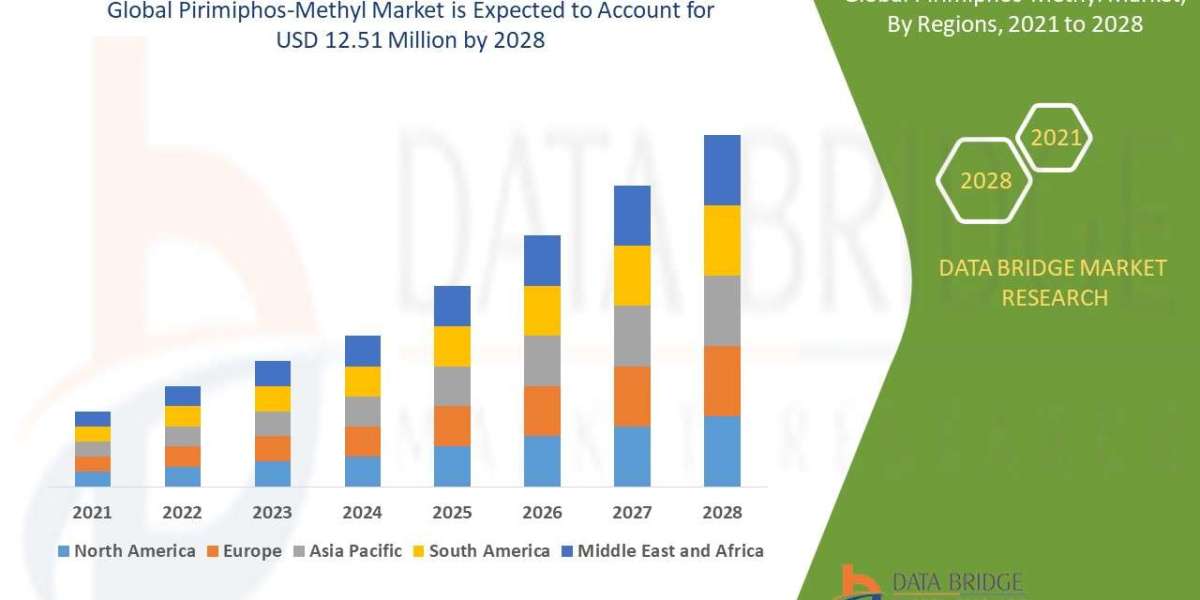AI and Machine Learning: Transforming Viral Disease Diagnosis in 2025
In the last few years, artificial intelligence (AI) and machine learning (ML) have made significant strides across various industries, and healthcare is no exception. With the increasing complexity of viral diseases and the urgency for faster, more accurate diagnoses, AI and ML are set to revolutionize viral disease diagnosis in 2025 and beyond. These technologies are enhancing diagnostic accuracy, reducing the time it takes to detect infections, and even predicting potential outbreaks. In this blog post, we will explore how AI and ML are transforming viral disease diagnosis, the benefits they offer, and what the future holds for these innovations in healthcare.
The Rise of AI and ML in Healthcare
AI refers to the simulation of human intelligence in machines that are programmed to think and learn like humans, while ML is a subset of AI that focuses on systems that can learn from data, improve their performance over time, and make predictions. In healthcare, AI and ML algorithms can analyze vast amounts of medical data, such as patient records, imaging results, and genetic information, to help healthcare providers make more informed decisions.
In the context of viral disease diagnosis, AI and ML have the potential to enhance multiple stages of the diagnostic process. From detecting viruses in patient samples to predicting how an infection will progress, these technologies enable more efficient and accurate diagnoses than traditional methods. With advancements in AI-powered diagnostic tools, healthcare professionals can now identify viral diseases faster and with greater precision.
How AI and Machine Learning Improve Diagnostic Accuracy
One of the key advantages of using AI and ML in viral disease diagnosis is their ability to process and analyze large datasets quickly and efficiently. Traditional diagnostic methods, such as PCR tests or serology-based techniques, are highly effective but often require considerable time and resources. AI algorithms, on the other hand, can analyze patient data, including medical images, genomic data, and clinical information, within seconds or minutes, enabling healthcare providers to identify viral infections at an earlier stage.
AI can also reduce human error, which is particularly important in viral disease diagnosis. For instance, AI-powered image analysis tools can analyze medical imaging, such as X-rays or CT scans, for signs of viral infections like pneumonia or COVID-19. These systems can identify patterns that may be too subtle for the human eye, providing doctors with a more accurate reading. This leads to faster decision-making and the ability to start treatment at the earliest possible stage.
Machine learning algorithms can also be trained to recognize patterns in large datasets of viral diseases. For example, by examining vast amounts of data on flu outbreaks, researchers can develop predictive models to identify and forecast future viral disease trends. These models are invaluable for public health officials to anticipate and prepare for potential viral outbreaks, especially in the case of emerging viruses.
Faster Diagnostics and Real-Time Monitoring
Speed is a critical factor when it comes to diagnosing viral diseases, especially in cases of rapidly spreading infections like the flu, COVID-19, or other emerging viruses. AI and ML technologies help reduce diagnostic times significantly, offering results in a matter of hours or even minutes. This rapid diagnosis is crucial for early treatment and preventing the spread of infectious diseases.
One notable example is the integration of AI in diagnostic testing platforms. In the case of COVID-19, AI-driven platforms have been able to process real-time data from diagnostic tests, providing immediate insights into whether a person is infected or not. This kind of rapid response is critical in controlling outbreaks, especially in high-risk settings like airports, hospitals, and schools.
Moreover, AI and ML can facilitate real-time monitoring of viral disease outbreaks, helping healthcare systems stay ahead of trends. Using predictive analytics, AI can monitor the spread of viral diseases, detect early warning signs of outbreaks, and help governments and health organizations take proactive measures. This monitoring can range from analyzing public health data to tracking the movement of viral pathogens through different populations.
Integration of AI with Wearables and Remote Monitoring
The combination of AI and wearable devices is another promising area for viral disease diagnosis. Wearables, such as smartwatches and fitness trackers, are becoming more sophisticated, providing a wealth of data on a person’s health. These devices can monitor vital signs, such as heart rate, body temperature, and oxygen saturation levels, which can be early indicators of viral infections.
AI algorithms integrated with wearable technology can analyze this continuous stream of data to detect abnormal patterns that could indicate the onset of a viral infection. For example, if a person’s body temperature rises or their oxygen levels drop significantly, the AI system can alert the user to potential health risks and recommend further testing or even automatic scheduling of a medical appointment. This proactive approach allows for early detection of viral infections, even before the patient exhibits noticeable symptoms.
In 2025, we can expect to see more healthcare providers adopting this technology, especially in remote and rural areas where access to healthcare professionals may be limited. AI-enabled wearables can help monitor patients in real-time, reducing the need for in-person visits and improving accessibility to timely diagnoses.
AI and ML for Global Health Security
On a global scale, AI and ML are poised to play a crucial role in public health and epidemic management. The COVID-19 pandemic highlighted the importance of early detection and quick responses to viral outbreaks. By 2025, AI will have further matured in its role in global health security, offering systems that can predict, detect, and manage viral outbreaks with unprecedented speed and accuracy.
AI-powered platforms can analyze patterns in global health data, track viral mutations, and predict how viral diseases may evolve or spread across borders. This allows for a more effective response to global health crises, enabling countries to implement measures, such as travel restrictions, vaccination campaigns, and quarantine protocols, before the virus spreads uncontrollably.
Additionally, ML models can continuously improve by learning from new data. This adaptability makes AI and ML crucial tools in responding to novel and emerging viral threats, ensuring that healthcare systems are always equipped with the most up-to-date information and tools.
Conclusion: The Future of Viral Disease Diagnosis with AI and ML
AI and machine learning are undeniably transforming the landscape of viral disease diagnosis. As we look ahead to 2025, these technologies will continue to drive improvements in diagnostic accuracy, speed, and accessibility. AI and ML are not only enhancing our ability to detect viral infections earlier and more efficiently but are also playing an essential role in predicting and preventing global viral outbreaks.
With continuous advancements in these fields, patients and healthcare providers alike can expect a more efficient, proactive, and personalized approach to viral disease diagnosis. As these technologies mature, the future of healthcare will be one where viral diseases are diagnosed and managed faster, with greater precision and better outcomes. The future is bright for AI and ML in viral disease diagnosis, and the possibilities are just beginning to unfold.














